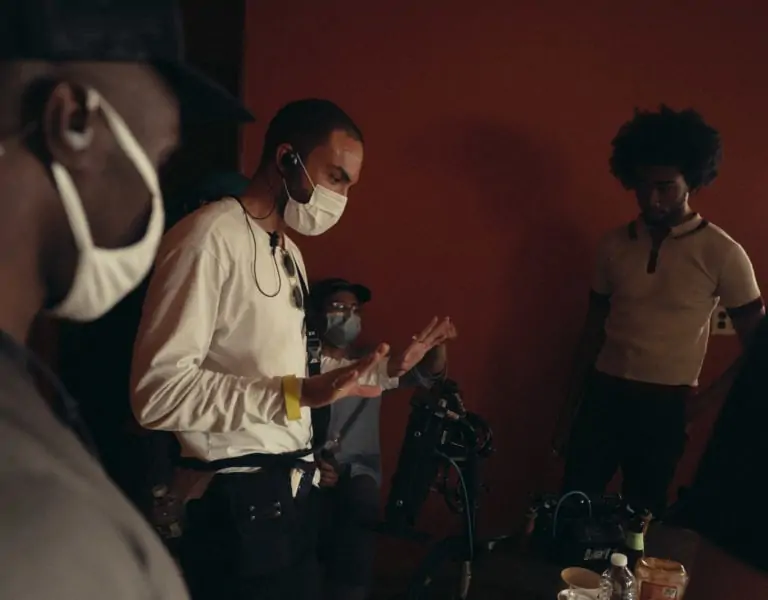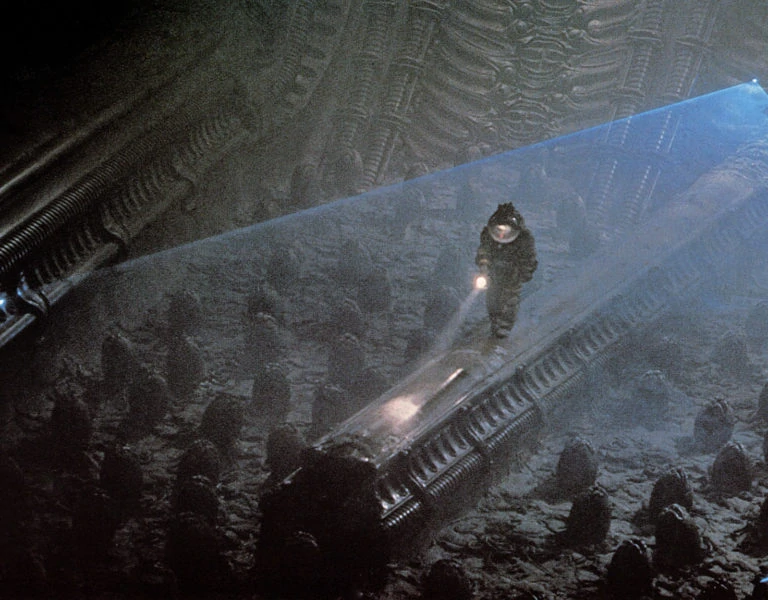Emotional Emulsions
Chayse Irvin CSC / BlacKkKlansman
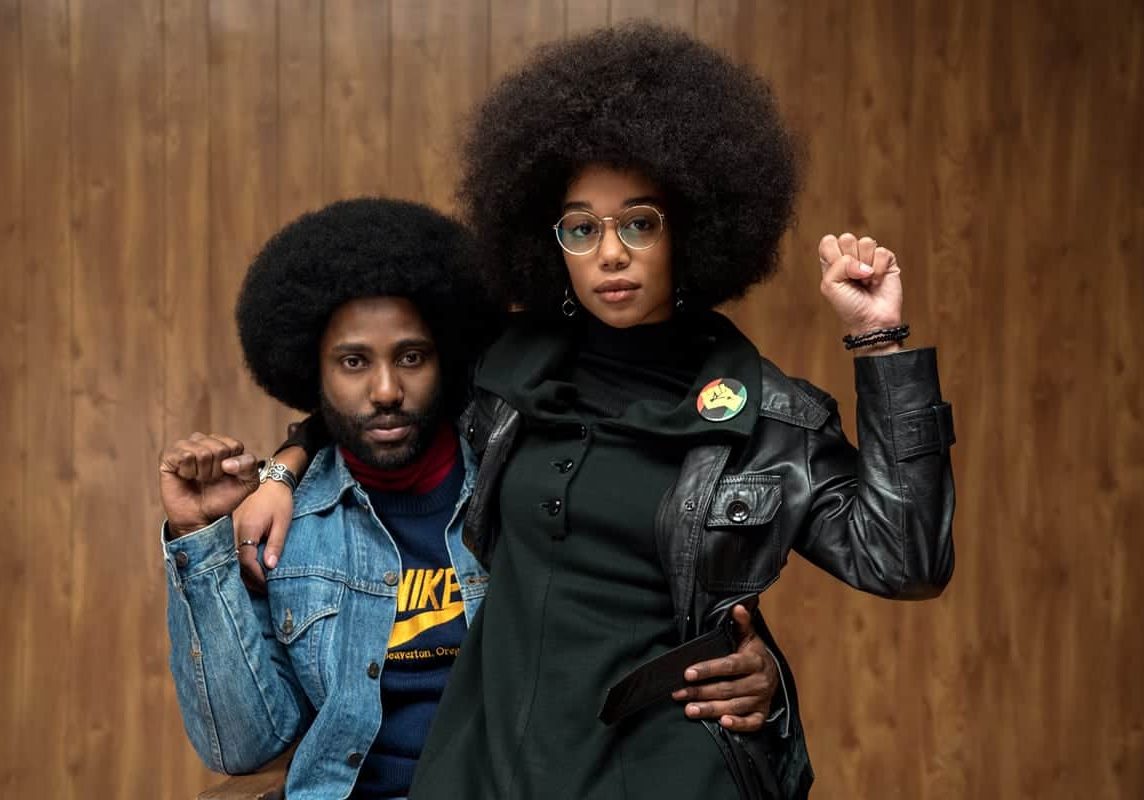
Emotional Emulsions
Chayse Irvin CSC / BlacKkKlansman
WANT TO READ IT ALL?
Below is only a teaser, and the full interview can be found in the September 2018 issue (89) of British Cinematographer magazine.
If you purchase a year’s digital subscription from just £30, or a year’s all-inclusive subscription from just £64, you can read the interview in Issue 89 by clicking HERE. You will also receive access to the rest of our extensive back catalogue.
CLICK TO BUY A DIGITAL SUBSCRIPTION
CLICK TO BUY A PRINT & DIGITAL SUBSCRIPTION
BY: Ron Prince
Created using a variety of 35mm/16mm Kodak colour and B&W filmstocks, director Spike Lee’s BlacKkKlansman is likely to prove one of the more controversial films of 2018, following its premiere In-Competition at this year’s Cannes Film Festival, where it won the prestigious Grand Prix, and its general release during the summer.
Visualised by New York-based Canadian cinematographer Chayse Irvin CSC, BlacKkKlansman is the true story of Ron Stallworth, the first African-American police officer in Colorado Springs, who worked undercover to infiltrate the Ku Klux Klan in 1979. Stallworth and his partner Flip Zimmerman risked their lives to penetrate the KKK at its highest levels. Together they duped the Grand Wizard, David Duke, and Zimmerman even became the head of a local chapter in Colorado.
The $8m movie breaks at a time of renewed visibility of the Klan, especially in the wake of 2017’s Charlottesville ‘Unite The Right’ rally, that left one counter-protester, 32-year-old paralegal Heather Heyer, dead. BlacKkKlansman had its global theatrical release on August 10th 2018, a year to the day of that fateful event.
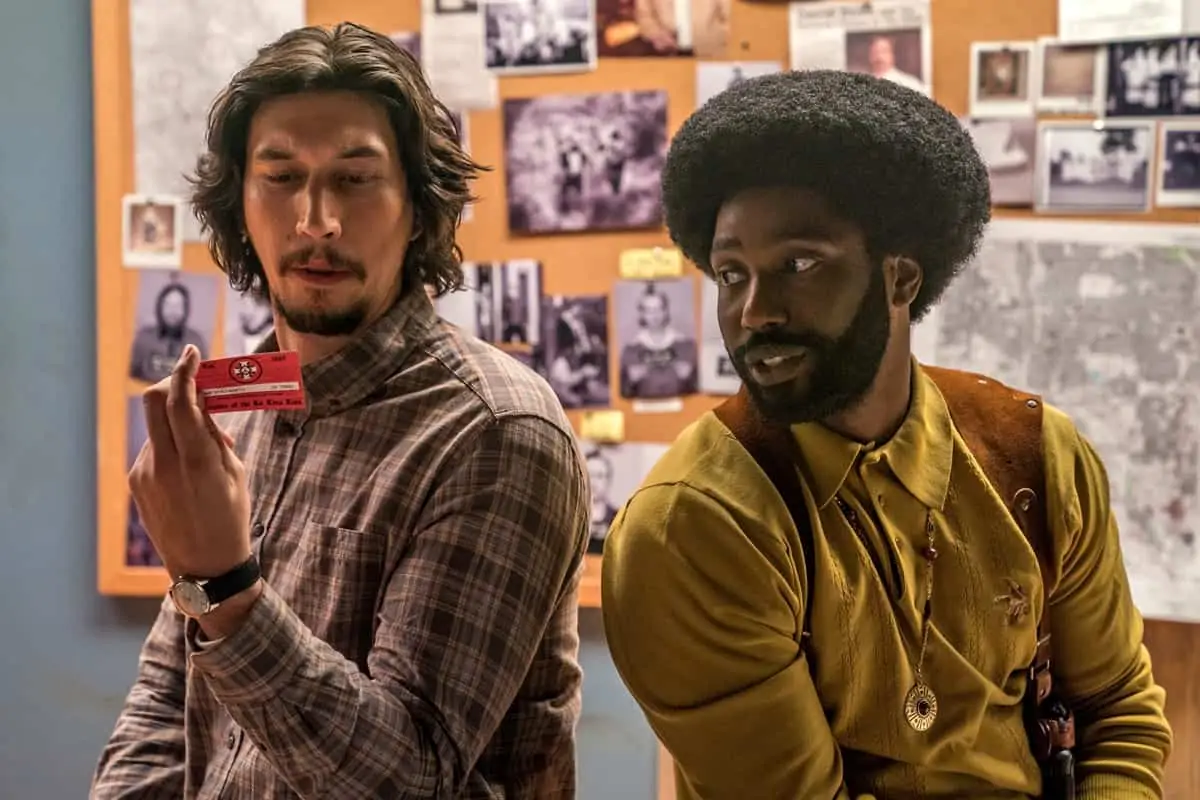
John David Washington, son of Lee's frequent collaborator Denzel Washington, stars as Stallworth, whilst Adam Driver plays his infiltrating police force partner. Jordan Peele came on-board the production as a producer.
“When I first read the script of BlacKkKlansman it made me feel pretty uncomfortable,” admits Irvin. “Spike just has this innate, genius ability to ratchet-up the tension, but to balance that with moments of levity, to ultimately deliver a social message that has real punch. The story hovers between these two feelings, which is something I was super-inspired by and wanted to explore visually. Spike and I didn’t have a ton of conversations about how the film should look. He trusted me in doing what I saw fit. My starting approach was to forget what I know, and to test and experiment as much as possible to interpret the story visually for him.”
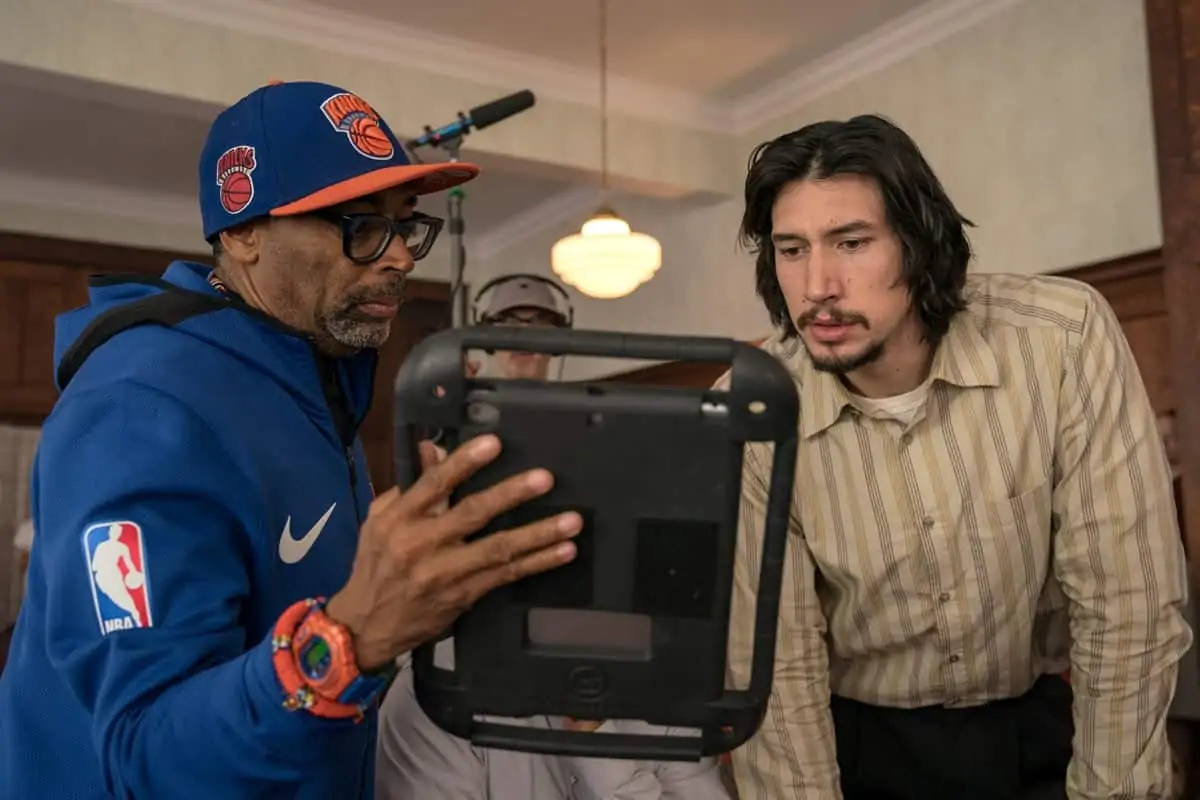
This process saw Irvin appraise a range of digital cameras and film stocks with a variety of lenses, supported by Panavision NY and colourist Tom Poole at Company 3. At the same time, he also spent time with JD Washington and Lee at the director’s home in Brooklyn, considering a range of tense political and crime movies from the 1970s including All The President’s Men (1976, dir. Alan J Pakula) shot by Gordon Willis ASC, and The French Connection (1971, dir. William Friedkin) shot by Owen Roizman ASC.
“Directors and cinematographers have three organs to affect the audience: the stomach – where you hold tension; the heart, where you process empathy; and the mind, your imagination. Gordon Willis hit these nails on the head, and his work is always tense and hypnotic,” says Irvin.
READ IT ALL
The full interview can be found in the September 2018 issue (89) of British Cinematographer magazine.
If you purchase a year’s digital subscription from just £30, or a year’s all-inclusive subscription from just £64, you can read the interview in Issue 89 by clicking HERE. You will also receive access to the rest of our extensive back catalogue.


